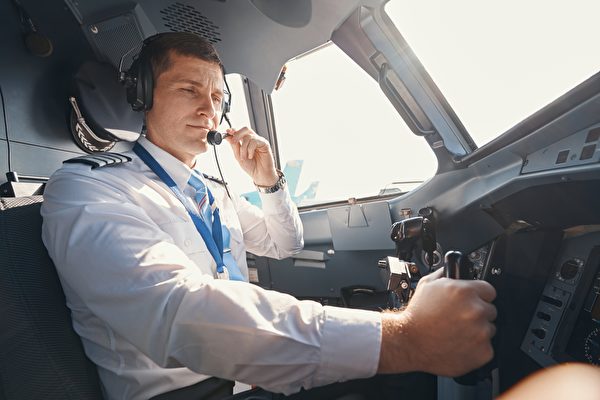Booking a flight and choosing a seat is often the first step of a journey that most people experience. The topic of how to select the best airplane seat has been a subject of discussion among travelers. So, what are the best seats from a pilot’s perspective?
For the average person, flying usually means opting for economy class where seat allocation can feel like a game of chance – ending up seated next to a baby or a loud snorer can certainly make the travel experience more colorful.
According to a pilot who shared his flying experiences and insights on seat selection in an article published by “The Age,” spending most of his time in the cockpit, he described it as the ultimate window seat. Sitting in the fourth row at 35,000 feet provides a breathtaking view of beautiful sunrises and sunsets, mesmerizing cloud formations, and spectacular distant thunderstorms, the pilot mentioned.
When the pilot needs to fly in economy class, there are a few points to consider:
It is known that on Boeing 737 and Airbus A320 aircraft, the middle seats from rows 12 to 14 offer additional legroom due to being next to the emergency exits. The only caveat is that if an emergency occurs, passengers must be willing to assist in opening the over-wing emergency exits to help with evacuation.
On a Boeing 737, apart from the first three rows of business class, the fourth row is underrated. It is the first row in economy class with almost as much legroom as the seats in front, without the extra burden, and there is an overlooked advantage of quick deplaning.
On larger aircraft such as Boeing 777, 787 Dreamliner, Airbus A330, A350, or A380 superjumbo, seats near the exit doors can provide extra legroom.
Most airlines allow passengers to pay a small fee to secure preferred seats, and sometimes good seats may still be available during check-in.
However, it is advisable to avoid choosing the window seats alongside the exit doors. The protrusion of the slide raft support at the lower part of the door reduces valuable legroom. It’s preferable to choose seats in the aisle or middle of that row.
With airlines working to reduce turnaround time for higher aircraft utilization, dual-door boarding is becoming more common. Dual-door boarding utilizes front and rear doors for embarkation and disembarkation.
In this scenario, seat 27C isn’t as bad as it seems, as you could be among the first to disembark. Exiting through the rear door means walking through the cabin and possibly using stairs between the aircraft and the terminal.
However, in inclement weather or late at night, dual-door deplaning might be canceled, leaving you in your seat for an extra 10 minutes to watch a movie while waiting to deplane.
The pilot mentioned that for him, the choice between a window or aisle seat depends on the type of flight. For short domestic flights, he prefers window seats to enjoy the scenery and for easy napping if needed. Long-haul flights lean more towards needing to stretch or use the bathroom, avoiding the awkwardness of climbing over a sleeping passenger in the middle of the night.
Yet, aisle seats have their drawbacks – a higher chance of being bumped by the food trolley.
A recent study based on 35 years of aviation accident data found that middle seats in the rear have the lowest fatality rate. Considering the flight fatality rate is approximately 1 in 205,000 (compared to 1 in 100 for car travel), flying remains incredibly safe.
Ultimately, the choice of seat depends on how much one is willing to pay for it or at least whether they are open to checking in early. Everyone has their personal preferences, but not every passenger can secure the coveted 1A seat.

